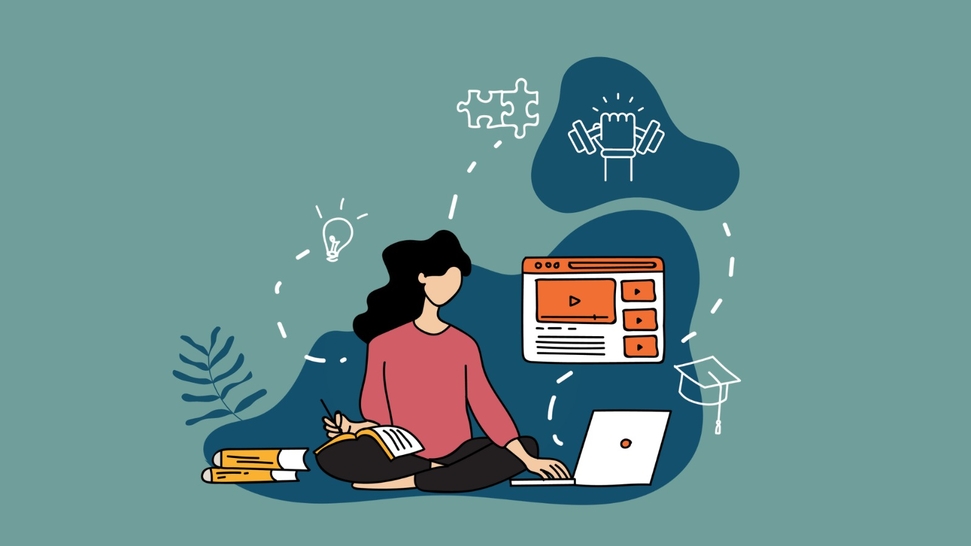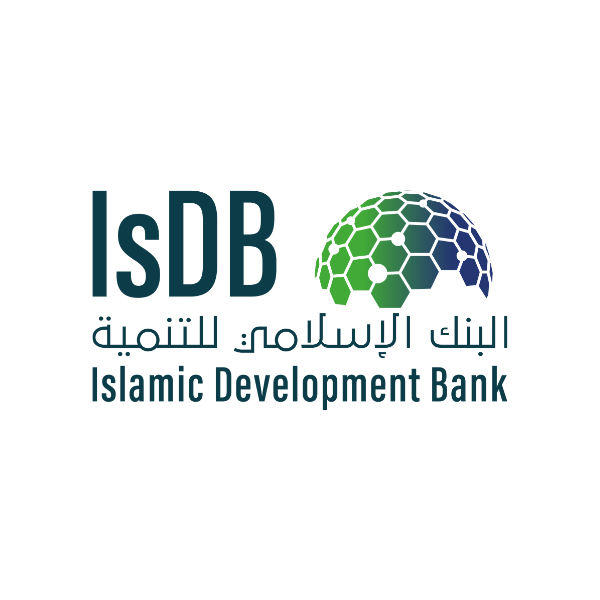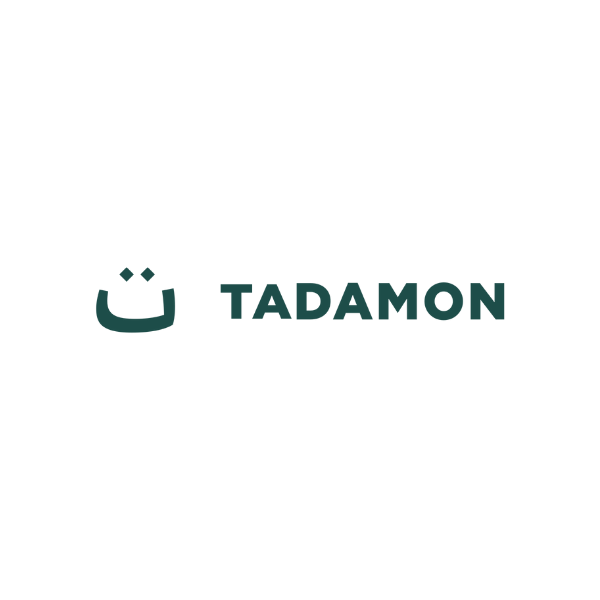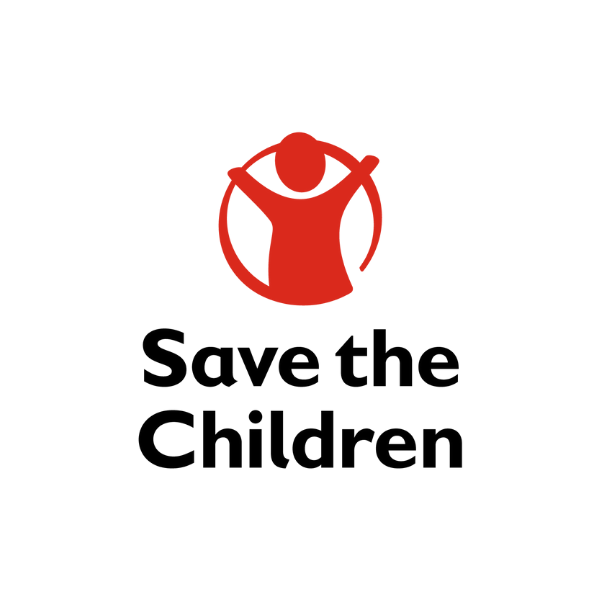IsDB and ISFD have established (with a US$ 10 million contribution) an innovative and transformative partnership initiative called “NGOs Empowerment for Poverty Reduction Program” which is derived from the existing IsDB NGO Program and analysis of IsDB engagement with Civil Society. The latter calls for greater role of the CSOs in the economic and social development interventions.
To access the Tadamon Capacity Strengthening Portal on Kaya, you first need to create a Tadamon account for your organization via www.tadamon.community/sign-up to generate your password. Once you log-in to Tadamon, your password will be visible on your dashboard (www.admin.tadamon.community).
On 27th September 2019, together with its existing and potential partners, the Bank launched the Program at the sidelines of the UN General Assembly. Over a period of five years (until end of 2025), this program – sponsored by ISFD, designed and implemented by IsDB and supported by 29 development institutions and strategic partners though in-kind/technical/financial contributions including UNDP, Save the Children Humanitarian Leadership Academy, NAMA Foundation, International Institute of Tropical Agriculture (IITA), Al Awn Foundation etc.. – will be rolled out in the 57 MCs to empower CSOs development and their humanitarian initiatives.
Program Description & Objectives
The goal of the Program is to contribute to reduce poverty in IsDB MCs through development and humanitarian initiatives. More specifically, the “NGOs Empowerment for Poverty Reduction Program” is aiming at empowering CSOs to improve the socio-economic well-being of hard-to-reach communities. The scope of the Program includes: (i) mapping, screening and categorizing national CSOs in the MCs; (ii) building capacity of selected CSOs; (iii) promoting innovative and transformative projects supporting refugees’ basic education, building resilience (job creation) and development projects; (iv) setting up sustainable innovative financing mechanisms for CSOs; and (v) program management.
To empower CSOs to get visibility for their work, the Program also includes trainings such as project management, leadership, communication, and accountability. The Program includes the development of an aggregating platform TADAMON (Arabic: solidarity) to serve as a networking platform, instrument for capacity building and support CSOs crowdfunding campaigns,
In this regard, the Tadamon Capacity Strengthening Portal is the product of a partnership between the Islamic Development Bank (IsDB) and the Islamic Solidarity Fund for Development (ISFD) and Humanitarian Leadership Academy to provide originations participating in the Tadamon programme with resources to support their learning and capacity-strengthening needs.
FAQ
What is Kaya?
Kaya is a free, global learning platform for the humanitarian sector brought to you by the Humanitarian Leadership Academy. Here you will find both online and in-person learning opportunities relating to a broad range of topics including the humanitarian essentials, technical and programmatic areas, management essentials, and personal and professional development.
What is Islamic Development Bank (IsDB)?
The Islamic Development Bank (IsDB) is a multilateral development bank working to improve the lives of those we serve by promoting social and economic development in Member countries and Muslim communities worldwide, delivering impact at scale. We provide the infrastructure to enable people to lead better lives and achieve their full potential.
What is The Islamic Solidarity Fund for Development (ISFD)?
The Islamic Solidarity Fund for Development (ISFD) is dedicated to reducing poverty in its member countries by promoting pro-poor growth, emphasizing human development, especially improvements in health care and education, and providing financial support to enhance the productive capacity and sustainable means of income for the poor, including financing.
What is the Humanitarian Leadership Academy?
The Humanitarian Leadership Academy’s mission is to enable people to prepare for, respond to and recover from crises in their own countries. To achieve this, the Academy acts as a catalyst for the improved quality, accessibility and sustainability of learning. We aim to systematically remove barriers to learning opportunities, thereby democratising access to essential knowledge and skills, so that humanitarian work is more effective, immediate, and local – saving lives and safeguarding livelihoods as a result. Central to the achievement of this mission is our global learning platform, Kaya, through which we provide free learning opportunities to individuals, as well as a range of products and services to organizations that we partner with.
How do I create an account?
You can register for your free Kaya account by clicking here. Fill in the mandatory profile information, and then you will be sent an email with simple instructions on how to confirm your account. You should receive a confirmation email within 30 minutes of creating your account; often much sooner. But if you’re not seeing the email in your inbox you can try these steps:
- Refresh your web browser or inbox – Occasionally you may need to manually refresh your browser or inbox to check for new emails.
- Check your Spam or Junk folder – Your ISP or corporate domain may be configured to deliver our emails to your Spam or Junk folder.
- Request another confirmation email to be sent – If you try to log into Kaya using the same email address and password of the account that you’ve just created, you’ll be given the option to resend the confirmation email.
- Add the Humanitarian Leadership Academy to your safelist – Try adding "@humanitarian.academy" to your safe sender list in your email client, then request another confirmation email to be sent by following the step above.
- Use a different email address – When all else fails, try using another email address to create an account on Kaya.
What languages are the courses available in?
Currently Kaya is available in English, French and Arabic as main platform languages.
How do I change the platform language?
When logged out, the platform language can be changed by clicking the appropriate language (English, French or Arabic) found in the top right-hand corner of your screen. When logged in, click on your profile icon to access the language options.
Why do I need an account to join a Tadamon Capacity Strengthening Hub?
We need to know which courses you take so that we can keep a record of your progress, record your grades and workshop bookings, award you your certificates, suggest other courses that you might be interested in, and to look at the impact of the courses we offer and make sure we are creating courses that you want to join. Once you've registered, an email will be sent to your address that contains instructions to confirm your account. If the email does not arrive, please check your junk mail folder. You will be given an option to resend this email if you try to log into your account again.
Once you have created an account with Kaya and logged in, visit the Tadamon Capacity Strengthening Hub at:
https://kayaconnect.org/c/tadamon-capacity-strengthening-hub
Once you view the course, you will need to enter your password. If you have not been provided with the password for the hub, please email: team@tadamon.community to request one.
A course module isn't loading: it says "pop-up blocked".
Some activity modules within a course open in new windows, called 'pop-ups'. If this isn't working, it probably means your browser is set to stop pop-ups from appearing. You can turn off pop-up blockers in your browser settings:
Firefox: https://support.mozilla.org/en-US/kb/pop-blocker-settings-exceptions-troubleshooting
Google Chrome: https://support.google.com/chrome/answer/95472?hl=en-GB
How can I track my learning?
You can see courses that you have started and those that you have completed in your ‘Record of learning’, which is linked from the main menu at the top of your screen under ‘My learning’. Here you can also access a list of face-to-face bookings that you have made.
I completed a course, but it says I haven't
Courses as a whole are completed once all of the activities within them have been completed. Sometimes you can only complete an activity if you have achieved a particular mark on a quiz, for example. Double-check that you have completed everything that you need to; make sure that all of the grey ticks next to each activity have turned green to show they are completed. If you are sure you have completed all the steps and the completion still isn't showing, submit a request to the course administrator using the 'Course support' block found on any course page.
I have run out of quiz attempts, what do I do?
If you have run out of attempts you can contact the course administrator using the 'Course support' block found on any course page, to request more attempts to take the quiz assigned to you.
Will I get a certificate when I complete a course?
Yes, if the course you have chosen offers a certificate, you have completed all of the course’s activities and you have met the relevant criteria. You will then be able to download it as a PDF.
How do I print my certificate?
You will need to be connected to a printer to print your certificate. This may mean you are unable to print from a mobile or tablet, depending on your setup. If you have the certificate, open in your browser and you can print it in the same way you would print a webpage. If you have downloaded the certificate, open it as normal in your PDF reader (eg. Adobe Acrobat Reader) and print from the ‘File’ settings.
What is a digital badge?
A digital badge is a digital version of a certificate, and there are a number of courses on Kaya that offer them. They are used to display ‘metadata’ explaining what you have done to earn the badge and can be shared on different social media platforms and on our digital badge platform, HPass. To find the courses which offer digital badges you can use the ‘format’ filter in the course catalogue, and you can find out more about digital badges and HPass here.
What browser should I use to access Kaya?
Kaya will work best on Google Chrome or Firefox. Unfortunately, we cannot be sure that all courses and their activities will launch correctly if you are using another browser. If you do run into any issues, we recommend that you therefore try accessing the course with a different browser.
What do I do if I have forgotten my password?
You can reset your password by clicking the 'Forgotten your password?' link on the registration page. We will send you an email with a link in it – click the link to be taken to the password reset page. We email you first to make sure you genuinely want to reset your password and that it wasn’t requested in error. However, please note that if you are using organisation SSO (logging into your organisation account) then you will need to request your password reset from your IT department.
How do I change my Kaya password?
If you have forgotten your password, you can follow the instructions above to reset it. If you remember your password but want to change it, log in to your account and click on your profile icon. Next, click ‘Preferences’ and then select ‘Change password’.
How do I change my profile information?
Log in to your account and click on your profile icon. Next, click ‘Preferences’ and then select ‘Edit profile’. Here you can change your name, location, personal and professional information, as well as upload a photo of yourself if you would like to.
Is there a Kaya app?
Yes. For more information and to download Kaya Mobile click here. The platform is also mobile responsive, which means that you can access it from the browser on your mobile device.
Can I access Kaya offline?
Yes. You can download courses and complete them while offline using Kaya Mobile. When you are next online, your completion status will automatically sync with your profile. For more information and to download the app, click here.
What is online learning?
Online learning is when you participate in virtual courses, that are made up of a number of activities and resources which you can complete, on the Kaya platform. You can also access Kaya courses offline using the Kaya Mobile app. This means you can download courses onto your phone and complete them without an internet connection.
What is blended learning?
Blended learning is a combination of online learning and face-to-face learning. Some of the learning will be completed on the Kaya platform and some of the learning will be delivered in a more traditional, facilitator-led workshops or training sessions.





